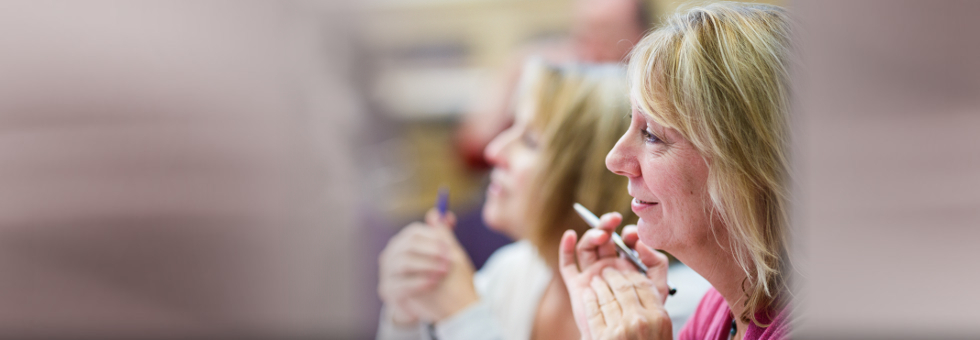Practice exercise on recording outcomes conversations
Listen to the audio clip and record the conversation using the recording exercise pdf download below. Reflect with colleagues on how well you have captured the conversation.
Audio: Interviews
(.MP3 format, size: 27MB)
![]() Recording exercise (PDF file 18KB)
Recording exercise (PDF file 18KB)
At the bottom of this page there are tools which may be useful in this exercise or to support your practice.
In recording it is important to demonstrate that a conversation has been understood, not to simply provide a list of information.
Recording should be done in a way that captures the thoughts, feelings and wishes of the individual, alongside those of their family members or carers.
Good recording underpins, supports and demonstrates:
- person-centred focus
- outcome-focus
- partnership working
- involvement and empowerment
- increasing choice and control
- good decision-making
- risk enablement
- continuity, consistency and equality.
However, if not carried out effectively recording can be disempowering. For example, if it labels or stereotypes people, crowds out their story or view, or pushes them into boxes. To avoid disempowering, or disrespectful, recording write as if the person was looking over your shoulder or reflect back on what you have written asking, ‘How would I feel if that was written about me?”.
Recording takes time and getting a proportionate amount of relevant information down is key. The amount recorded should relate to the complexity of the situation, for instance depending on:
- how clear the person’s views, wishes and preferences were
- how much was going on
- how much things changed (or will change in the future)
- how much risk there was (or will be in the future)
- how much dispute there was (or will be in the future).
As a broad principle, there should be a record to show how decisions that affect a person’s life were reached. That means that in assessment we need to record:
- what information we gathered, from whom and why
- what we thought it meant and why
- our judgement based on what we thought it meant.
This then leads into the decisions about what should happen and a record that these actions have taken place. Hindsight bias means that people tend to think afterwards that what happened should have been foreseen. It is therefore essential in recording to give enough information to show what was known at the time and what it was considered to mean.
Remember that the courts view that if it isn’t recorded, then it didn’t happen, was not said or was not done (Lynch, 2009: 15).
Where decisions are made these should always be recorded. It should be possible to track the process of decision including knowing who was involved, the rationale or evidence on which the decision was based and ultimately who made the decision. There should always be sufficient information for the decision to be defensible.
Tools
![]() Checklist Recording Conversations (PDF file 101KB). Use this tool to consider your recording practice.
Checklist Recording Conversations (PDF file 101KB). Use this tool to consider your recording practice.
![]() Tips for Recording (PDF file 118KB). A tool providing a selection of tips to support best practice in recording outcomes-focused conversations.
Tips for Recording (PDF file 118KB). A tool providing a selection of tips to support best practice in recording outcomes-focused conversations.





